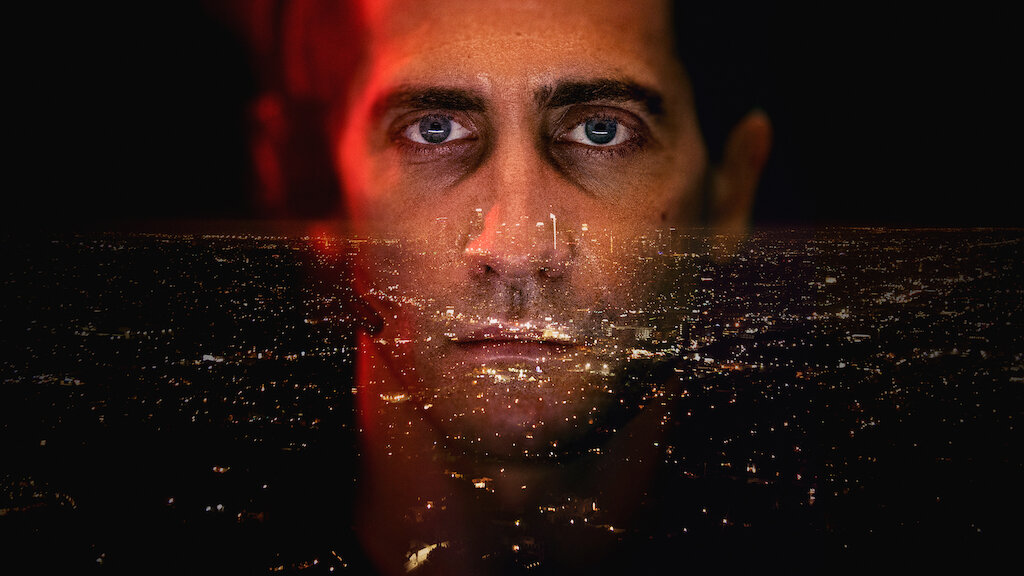The Guilty is one of very few films to be produced during the COVID-19 Pandemic which makes it unique enough, but the single location style makes it stand out from the rest.
The Guilty is a unique, American crime thriller filmed in just 11 days during the COVID-19 pandemic. Produced by Antoine Fuqua with a frugal budget ‘The Guilty’ offers an almost exact remake of Gustav Möller’s widely accredited Danish movie Den Skyldige.
(The Guilty) The original was screened in the World Cinema Dramatic Competition section at the 2018 Sundance Film Festival where it received much praise.
Since its release in September 2021, The Guilty has held its spot in Netflix’s top 10 list, and in my opinion, deservedly so!
With its refreshing representation of the crime drama genre and its unanticipated plot twist, The Guilty captivates its audience for a whole 90 minutes, making it impossible for them to look away.
The Guilty is set in a single location – a 911 call centre in Los Angeles. The focus is on the main character Joe Baylor played by Jake Gyllenhaal, who sits at his desk answering 911 calls throughout the entirety of the film.
Within the film, he receives one call which seems to be an abduction of a young woman, Emily Lighton (voice acted by Riley Keough) and soon becomes desperate to help. The cop clearly frustrated and troubled by his own personal life, as he navigates his way through the many calls connected to the incident. Throughout, he frantically pieces fragments of information together to come to what seems like the conclusion.
Jake Gyllenhaal holds the audience at the edge of their seats, desperate to discover what snippet of information is going to be revealed next. However, as he realises he has gotten it all wrong, questions about his own morals are emphasised and he is forced to face up to his own issues.
Whilst The Guilty has typical conventions of a crime thriller/drama genre with its inclusion of policing jargon and a troubled cop as the main character, due to the film’s low-budget, there’s a refreshing change of exclusion from violent weapons and crime scenes. Therefore, the producers had to get creative when filming The Guilty, which provides us with a unique representation of the genre.
In my opinion, it is this revitalising demonstration of the crime drama genre, creating such an appealing film. There is not a single glimpse of blood, weapons or even any victims, but not once do you notice this whilst watching. It was not until the film had ended until I realised, I had been imagining all the scenes and picturing what the face behind the 911 call looked like.
The films narrow visual focus creates a feeling of claustrophobia for the audience and the close-up camera shots highlight every emotion Joe feels, making the audience feel them too. The suffocating atmosphere is intentional as it helps the audience feel the emotions Joe is feeling because as the plot develops, we learn that Joe is awaiting a court hearing which will inevitably detrimentally affect his future.

The language used is extremely descriptive as you hear Joe constantly ask questions to ensure he has the best possible chance of helping Emily. This descriptive language is another main reason why I think this film is so stimulating.
Since the whole film prides itself on not spoon feeding its audience with information, it feels wrong of me to reveal much more of the plot. However, the main plot twist is hard-hitting and forces its audience to question their own biases.
Overall, The Guilty is a perfect example of the phrase “less is more” and makes for a worthwhile watch for those becoming bored of the same old, predictable films.
Rating: 8/10
By Sophie Badham
Feature image: Netflix

